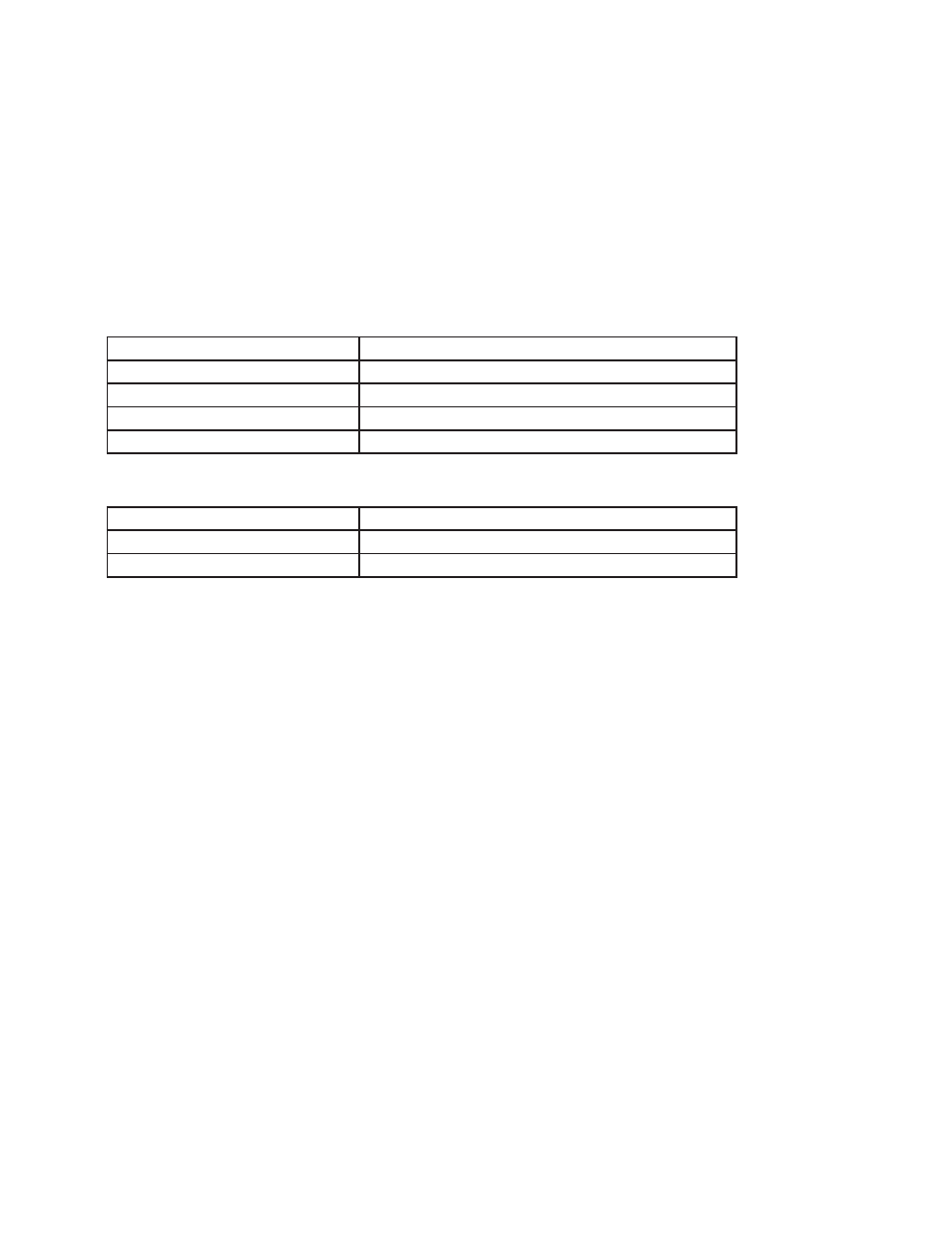Command details, Parameter details, Examples – Applied Motion RS-232 User Manual
Page 65

65
920-0002 Rev. I
2/2013
Host Command Reference
There are three end-of-travel limit input states that can be defined with the DL command:
DL1: End-of-travel limit occurs when an input is closed (energized). Motion stops automatically at rate
defined by AM command.
DL2: End-of-travel limit occurs when an input is open (de-energized). Motion stops automatically at rated
defined by AM command.
DL3: Inputs are not used as end-of-travel limit inputs and can be used as a general purpose inputs. In the
case of ST-S and STM drives, DL will be automatically set to 3 if CM is set to 7, 11, 12, 13, 14, 15, 16,
17, or 18, or if JE is executed after the DL command is set.
Command Details:
Structure
DL{Parameter #1}
Type
BUFFERED
Usage
READ/WRITE
Non-Volatile
YES
Register Access
None
Parameter Details:
Parameter #1
Limit input state (see above)
- units
integer number
- range
1, 2 or 3
Examples:
Command
Drive sends
Notes
DL1
-
Set limit inputs to work with normally open limit switches
DL DL=1
DL3
-
Set limit inputs to act as general purpose inputs
NOTE: When working with digital inputs and outputs it is important to remember the designations low and high.
If current is flowing into or out of an input or output, i.e. the circuit is energized, the logic state for that input/
output is defined as low or closed. If no current is flowing, i.e. the circuit is de-energized, or the input/output is
not connected, the logic state is high or open. A low state is represented by the “L” character in parameters of
commands that affect inputs/outputs. For example, WI3L means “wait for input 3 low”, and SO1L means “set
output 1 low”. A high state is represented by the “H” character.
